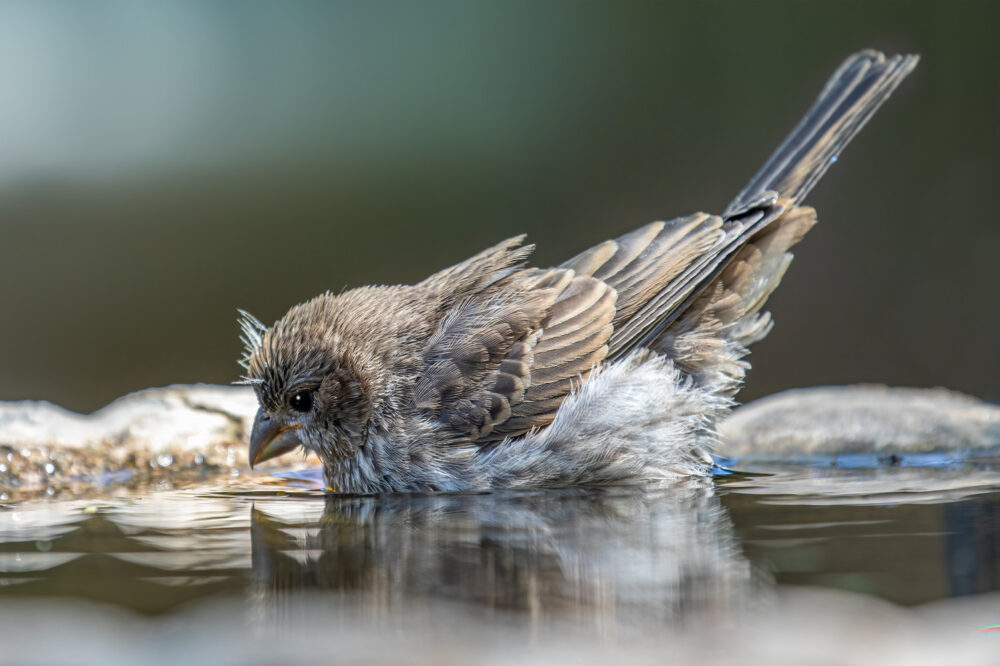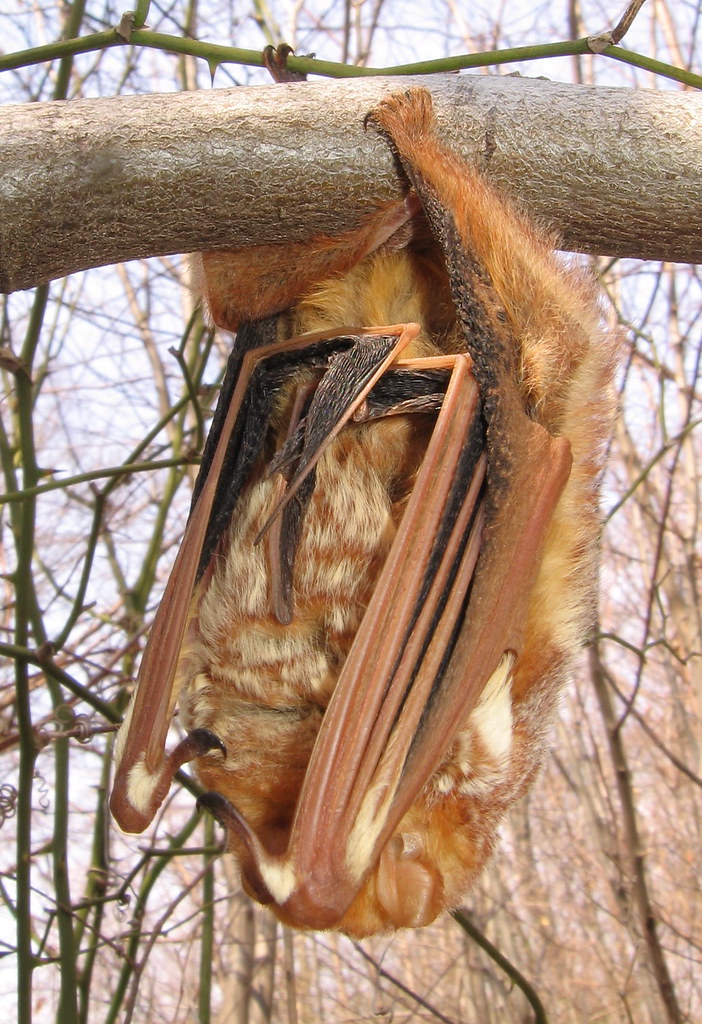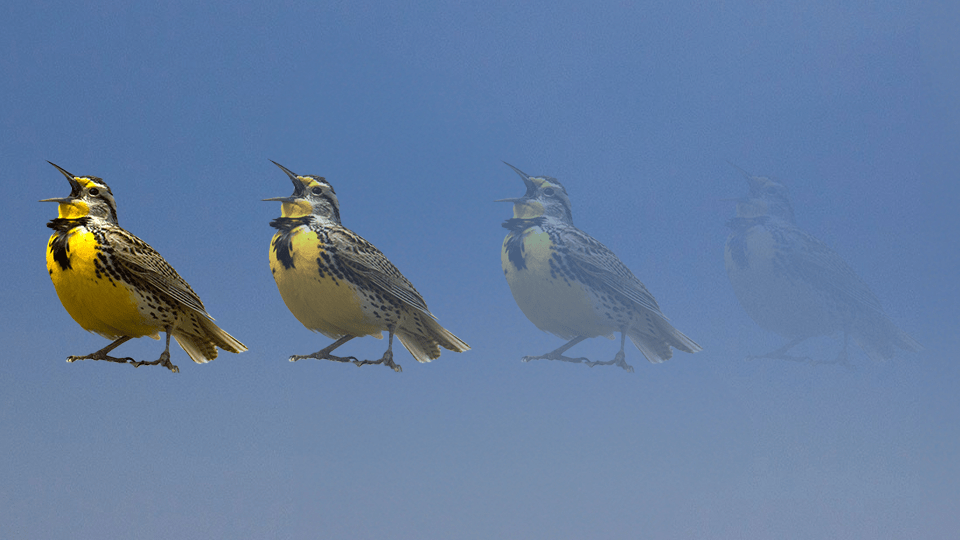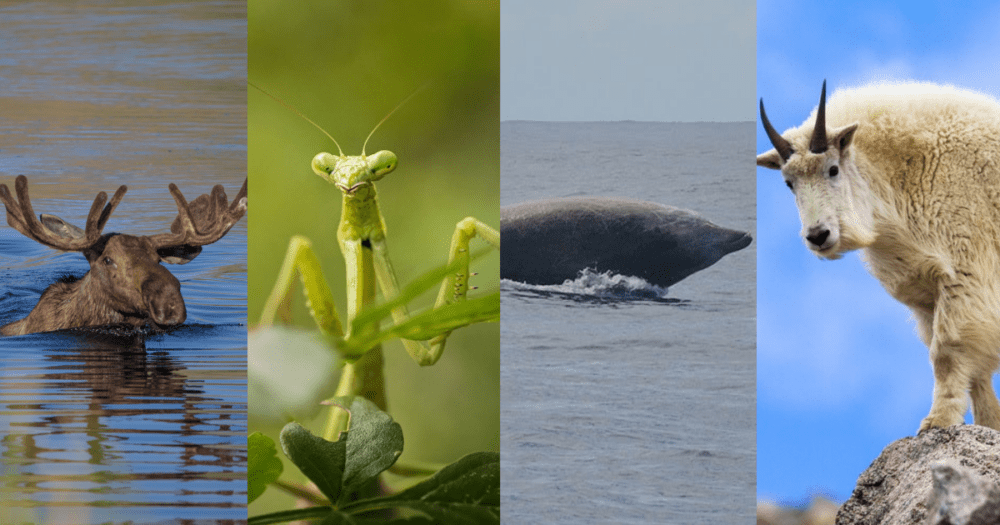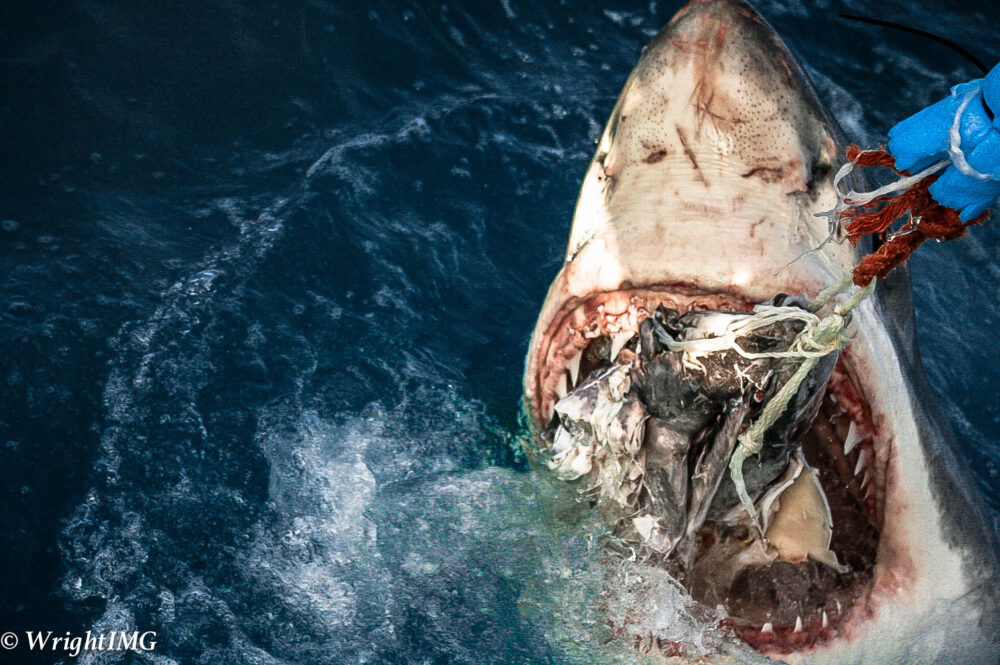We have much more to do and your continued support is needed now more than ever.
The Amazing Lives of Leaping Wildlife
 Staying with the 2011 National Wildlife Week theme of “wildlife that move us,” we are looking today at wildlife that engage in jumping, leaping and hopping or otherwise use bursts of energy to propel themselves into the air. Of the many ways that wild animals move, jumping stands out as among the most interesting. Some creatures jump to get around and others just leap for joy.
Staying with the 2011 National Wildlife Week theme of “wildlife that move us,” we are looking today at wildlife that engage in jumping, leaping and hopping or otherwise use bursts of energy to propel themselves into the air. Of the many ways that wild animals move, jumping stands out as among the most interesting. Some creatures jump to get around and others just leap for joy.
Just Getting Around
On land, frogs and toads are constantly jumping. Frogs are generally recognized as the best jumpers of all vertebrates. The Australian rocket frog, for example, can leap over 50 times its body length (two inches) resulting in jumps of close to seven feet.
Kangaroos are marsupial mammals and are the only large animals to use hopping as a principal means of locomotion. The comfortable hopping speed for red kangaroos, for example, is about 15 mph, but they can reach speeds of 40 mph over short distances. Moreover, some kangaroos can leap more than 10 feet in the air when they have to.
Kangaroo rats are small rodents native to North America. Their name comes from their bipedal mode of movement as they hop around in a manner that reminds one of kangaroos.
 Lemurs are a form of primate unique to Madagascar. In addition to their incredible looks, some species have an equally incredible way of jumping instead of running (this video shows how unusual and fascinating lemur leaping can be).
Lemurs are a form of primate unique to Madagascar. In addition to their incredible looks, some species have an equally incredible way of jumping instead of running (this video shows how unusual and fascinating lemur leaping can be).
Other creatures known for hopping and jumping as they move about include rabbits and grasshoppers.
Gazelles are a species of antelope that mostly walk until they get excited (or threatened). The tiny Thompson’s gazelle exhibits the very distinctive behavior of “stotting” (running slowly and jumping very high before fleeing). Like kangaroos, gazelles can leap more than 10 feet into the air.
Jumping on Attack
A species of snake common to Mexico and Central America is known as the jumping viper. This name comes from its ability to launch itself up to two feet at an attacker during a strike. In essence, they strike at their assailants with such force that they leave the ground
 Jumping spiders are also a species that leaps to attack. There are 5,000 species of jumping spider in the world which makes up about 13% of all spider species. Interestingly when they leap, they spin a silky thread of web behind them just in case they miss their mark and need to climb back up.
Jumping spiders are also a species that leaps to attack. There are 5,000 species of jumping spider in the world which makes up about 13% of all spider species. Interestingly when they leap, they spin a silky thread of web behind them just in case they miss their mark and need to climb back up.
Jumping In Migration
Many creatures use their ability to leap in migration. Gazelles are one example, but fish can do the same. As salmon make their way upstream they are able to shoot themselves 10 to 12 feet up a waterfall. This assumes they are not snatched from mid air by a hungry bear as they make it to their spawning grounds. The trip is hazardous and the jumping itself can be so draining the these fish can take hours to recover as this video shows.
Jumping Big Cats
Lions and tigers can jump almost equally high. The vertical leap record for a tiger is more than 12 feet, and the lion is just a few inches less.
The puma is, however, the best jumper of all the mammals. Pumas, or mountain lions, can leap more than 20 feet straight up without a running start
Jumping For Fun
Even masssive whales can jump straight up out of the water. Humpbacked whales are famous for this behavior, which is referred to as breaching. Their tails may still be in the water, but a whale’s head can be 30 feet or more in the air.
Orcas, often called killer whales, can jump close to 20 feet in the air and they actually leave the water (watch this amazing video showing an orca breach).
The mackerel shark holds the fish record for a highest jump from the water having soared more than 20 feet above the waves.
There are, of course, flying fish, but they use their fins to soar many yards but ususally stay low to the water.
 Jumping to Come Ashore
Jumping to Come Ashore
Seals and penguins are land dwellers that spend much of their time in the water. When they come to shore they are sometimes forced to make a huge water-powered leap such shown in this video of penguins springing up on to the Antarctic ice from the sea. They often jump back into the water feet first.
Jumping from on High
Flying squirrels do not really fly. They take huge leaps of faith and glide to their destination from on high. The longest known glide is close to 100 yards. (Watch this video of flying squirrels.)
Jumping Beans
OK, you are saying to yourself that a Mexican jumping bean is not an animal. That is true. But inside the bean lurks a larval moth that puts the “jumping” into jumping bean. The moths jump when they get hot, trying to snap their body into a cooler place, as this “weird nature” video reveals.
So there you have it – a look at wild creatures that hop, jump and spring across the land, the water and into the air. At the National Wildlife Federation we hope to see many great places for these amazing species, and all of the other “jumpers” of the world set aside and protected.

